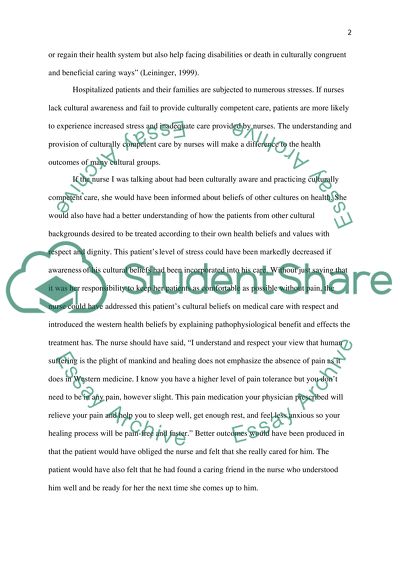Cite this document
(The Need for Multi-Cultural Diversity in the Nursing Practice Article Example | Topics and Well Written Essays - 1500 words, n.d.)
The Need for Multi-Cultural Diversity in the Nursing Practice Article Example | Topics and Well Written Essays - 1500 words. https://studentshare.org/nursing/1560265-culturally-competent-nursing-care
The Need for Multi-Cultural Diversity in the Nursing Practice Article Example | Topics and Well Written Essays - 1500 words. https://studentshare.org/nursing/1560265-culturally-competent-nursing-care
(The Need for Multi-Cultural Diversity in the Nursing Practice Article Example | Topics and Well Written Essays - 1500 Words)
The Need for Multi-Cultural Diversity in the Nursing Practice Article Example | Topics and Well Written Essays - 1500 Words. https://studentshare.org/nursing/1560265-culturally-competent-nursing-care.
The Need for Multi-Cultural Diversity in the Nursing Practice Article Example | Topics and Well Written Essays - 1500 Words. https://studentshare.org/nursing/1560265-culturally-competent-nursing-care.
“The Need for Multi-Cultural Diversity in the Nursing Practice Article Example | Topics and Well Written Essays - 1500 Words”. https://studentshare.org/nursing/1560265-culturally-competent-nursing-care.


